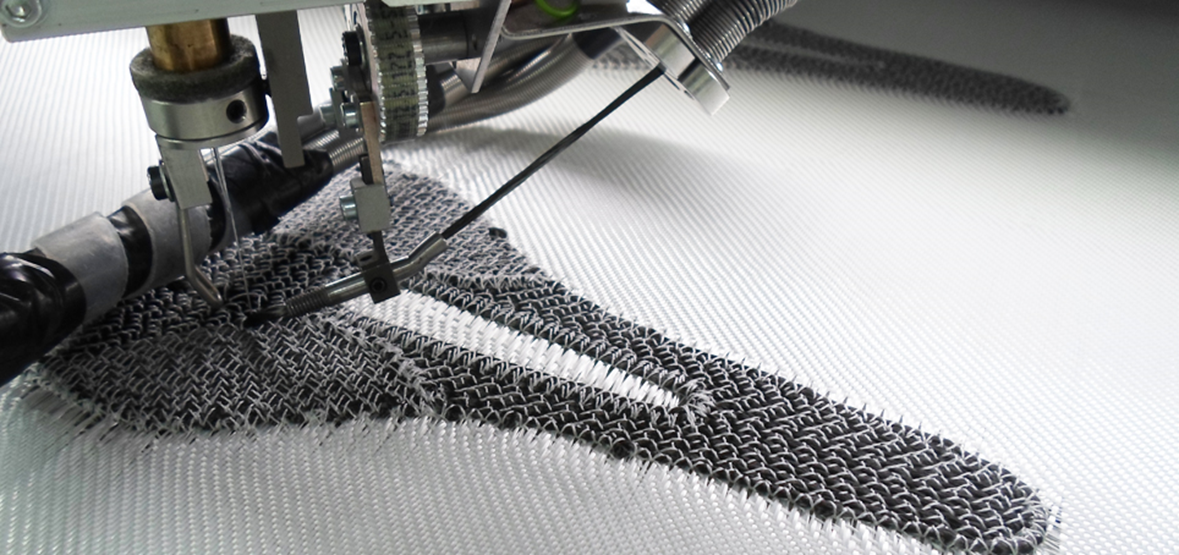Optimization one: reduce waste material
Section outline
-
Waste Reduction in Carbon Fiber Composites
One of the prevailing challenges in traditional carbon fiber composite manufacturing techniques is the significant material waste generated during production. In hand lay-up processes, which commonly use carbon fiber woven materials, waste can constitute over 50% of the total carbon fiber used. This waste primarily occurs during the initial cutting of fabric before it is impregnated with the matrix material. Furthermore, additional waste is generated during post-processing, where the cured composite is trimmed and refined to achieve the desired shape.

Tailored Fiber Placement Technique
Tailored Fiber Placement (TFP) is a revolutionary technique that significantly reduces material waste, thus optimizing material costs. Unlike traditional methods, TFP allows precise control over the path of the tow material, which is stitched directly into the desired geometry. This precision means that material is only placed where it is needed in the final preform. Areas that would typically require cutting in conventional laminate designs are simply left unstitched, effectively eliminating unnecessary waste.
By utilizing TFP, manufacturers can reduce initial waste from cutting woven fabrics and minimize post-processing waste due to its capability to conform to complex geometries. This process not only enhances material efficiency but also contributes to more sustainable manufacturing practices in the composites industry.

Applications and Advantages
The application of Tailored Fiber Placement is particularly advantageous in industries that demand high-performance composites with minimal waste, such as aerospace, automotive, and sports equipment manufacturing. The ability to design components with optimized fiber orientations and minimal waste leads to lighter, stronger, and more cost-effective products.
Moreover, TFP enables the creation of complex geometries with varying thicknesses and fiber orientations, which would be challenging or inefficient to produce using traditional methods. This flexibility in design and manufacturing makes TFP an attractive option for producing advanced composite components.
Further Reading & Resources
